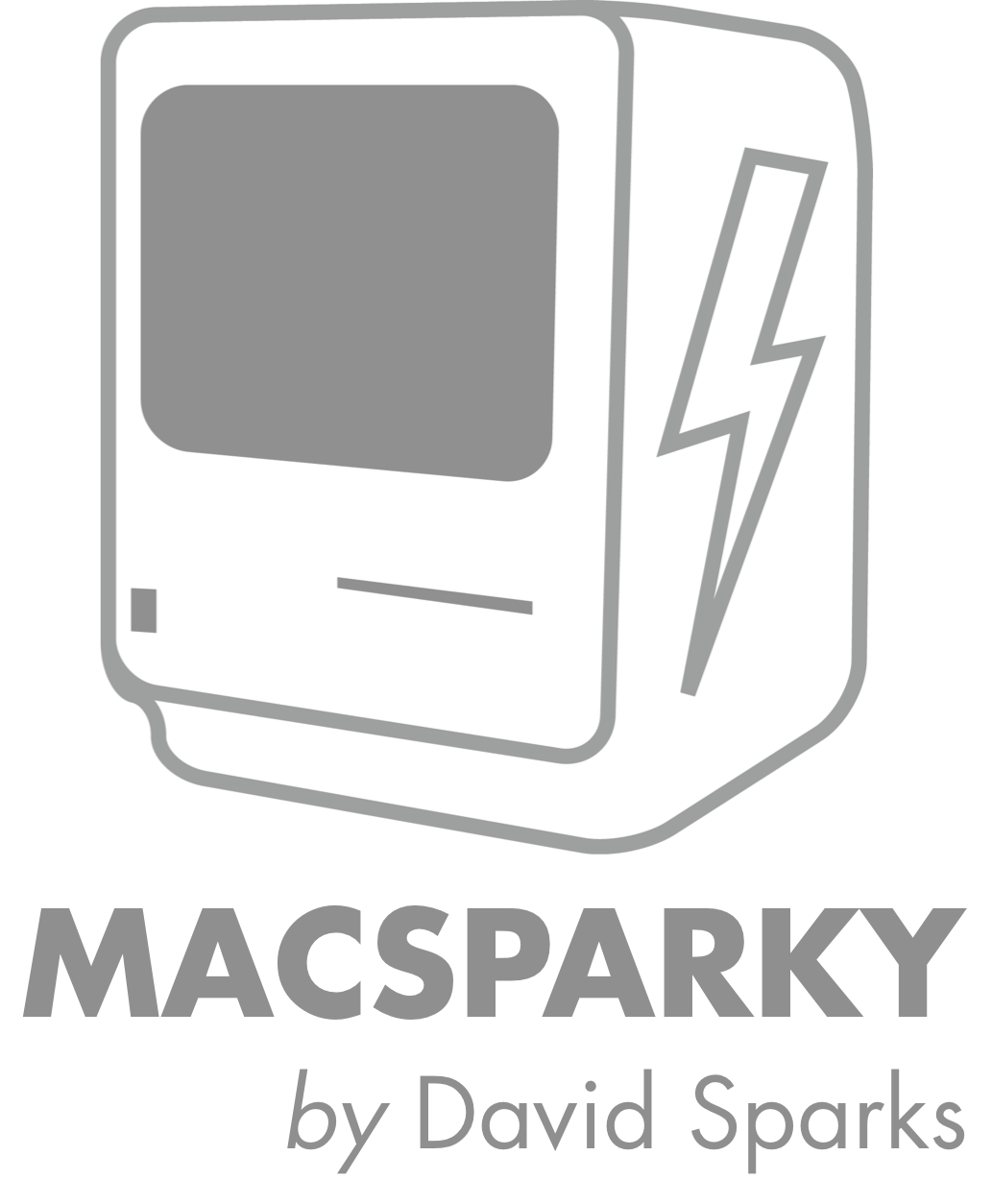Camtasia Review

Making and publishing screencasts has become much easier the last few years. It used to be that screencasting applications only captured your screen movements. Current screencasting tools are much more powerful. The latest addition in this space on the Mac is the Windows screencasting champ, Camtasia.
I spent the last three weeks trying out Camtasia and while the application definitely shows promise, it also still needs a bit more cooking.
I’m going to break this review into the three phases of screencasting: capture, edit, and export.

Capture
Camtasia’s biggest stumble is during screen capture. Camtasia is resource intensive and hits the processor, hard. If you have the computer busy already, Camtasia will peg your meters.

Not only does this slow down your Mac while recording, it also shows up recording. The video recorded in Camtasia on my 6 month old iMac came out choppy and washed out in comparison to the same recording in Screenflow. This was particularly noticeable when capturing video or advanced graphics.
For audio, Camtasia relies upon a version of Soundflower, an open source application, to perform some of its audio capture. This is a bit concerning as a result of Soundflower’s sometimes erratic behavior. I didn’t experience any troubles with it while testing Camtasia but I’ve had issues with it in the past. Installing it on my drive again is a bit like inviting a toddler into your home that that broke all your china during his last visit.
Editing
Once your capture is complete, Camtasia opens its editing window. Despite its strong Windows roots, Camtasia for Mac most certainly is a Macintosh application and the developer clearly is not trying to just throw an ill conceived port at Mac users.
The UI is generally clean and self explanatory. You could get this application running with little training but Camtasia’s excellent online tutorials are worth the time.
Camtasia has several interesting editing functions. It supports built in transitions. This is an innovative feature that allows you to transition your shots right in the screencasting application, which I’ve always done in Final Cut or iMovie. The transitions are limited but probably enough for most uses.

It also has a small library of graphical assets you can drag onto your screencast which can be useful as a visual aid. Strangely, all of these assets are filled in shapes which prohibits you, for instance, from putting a circle around a screen button. Using OmniGraffle, I created several PNG shapes that easily imported into Camtasia which solved this problem but also pulled me out of the “single paradigm” experience Camtasia seems to be going for. There is also a way to color shade your screen but it is an all or nothing proposition and I’m not sure how useful that is for producing screencasts.

Strangely, it doesn’t allow for voice over recording in the edit phase. You must capture your audio during the original recording or go and record your voice in some other application and import it into Camtasia.
Perhaps my favorite editing function is SmartFocus that automatically determines where to focus and zooms to the surrounding area. While I was initially skeptical about turning this responsibility over to software, Camtasia did the job remarkably well. Application of this feature, however, required that you have extra pixels to move. If you capture the entire screen and keep your resolution at full screen level, there is no room for SmartFocus and it doesn’t work.
My least favorite thing about editing in Camtasia is the way it makes me tear the clip into multiple pieces to highlight a single window. You must isolate the section where the window exists by cutting it out of the existing clip and then apply the effect the entire cut. Screenflow makes this much easier by applying the effect to an adjustable portion of an existing clip.
Editing and scrubbing in Camtasia was laggy and imprecise. It often took me several times to get the playhead in the right place. In contrast, Screenflow is snappy and more accurate.
Also, Camtasia does not provide any control for the curser. There is no ability to hide or highlight it. This is another omission that makes me wonder exactly what the developer was going for.
Export
The export features in Camtasia are good. It has a “Share” menu item that lets you easily send your screencast to iTunes, YouTube or Screencast.com. Under the advanced tab it allows you to customize your export with the familiar set of Quicktime options. There does not appear to be a lossless export.
Conclusion
While Camtasia tries to be that single purpose, do everything, screencasting application, it doesn’t quite get there. It reminds me of a really nicely decorated cake that, when you get it on your plate, tastes bad. In failing to nail the capture portion of the screencasting workflow, Camtasia falters out of the gate. No matter how interesting the transitions are, if the capture is choppy, the final product is lousy. With iMovie free on every Mac, the developers' time would have been better spent nailing the screencasting functions before tacking on the bells and whistles.
While I'm pleased to see TechSmith bring Camtasia to the Mac, until it sorts out the capture quality, I would hold off on this application. This is a 1.0 release and I look forward to seeing if they can improve upon it. A license for Camtasia is currently $99 but that price will move up to $149. There are several good tutorials on the website and there is a free 30 day trial.
